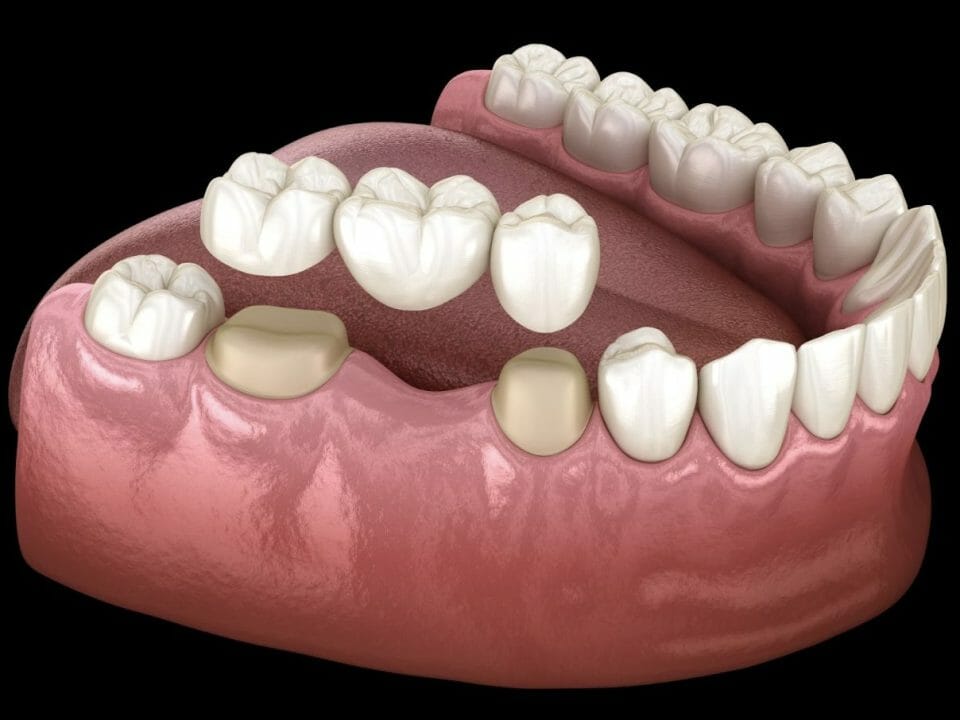
Having a dental emergency? Call us!
614-882-1135
We understand that dental emergencies can happen at any time. If you're in need of urgent care, give us a call, and we'll do everything we can to assist you when it matters most.
Patient Testimonials
Discover Better Dentistry
Become a part of the
Westerville Dental family!
We're accepting new patients. Our dental team prides itself on delivering a truly efficient and enjoyable experience while you’re with us.

Tooth decay is a common dental problem that dentists can easily resolve with a simple dental filling. Without early treatment, though, tooth decay can cause serious problems and require more extensive solutions. Tooth decay can cause infection, for example, and can even lead to the loss of a tooth. When tooth decay progresses to this point, there are only two options: have a root canal to save the tooth or tooth extraction.
Tooth decay is a progressive condition, which means it gets worse over time. In its early stage, tooth decay begins to weaken your tooth’s enamel, which is the tough outermost layer of your teeth. In time, decay can cause holes in the enamel. Acid and bacteria can enter these holes, known as cavities or dental caries, to get deeper into your tooth. Without a filling, tooth decay will continue to worsen; fillings stop tooth decay in its tracks.
Left untreated, tooth decay continues until it reaches the pulp, which is the innermost layer of a tooth. The pulp contains nerves, connective tissue, and blood vessels that helped the tooth grow. The infection can even travel to the pulp that sits inside of canals deep in the tooth roots, which hold your teeth securely in your jaw.
Once tooth decay has reached the pulp inside your root canal, a simple filling will no longer work to stop the progression of tooth decay – the only options are undergoing a root canal procedure, often called a “root canal”, or having your dentist extract the tooth.
Making the choice between root canal and tooth extraction can be challenging – each solution presents its own advantages and drawbacks. Knowing the differences between the two dental procedures can help you have informative discussions about your options with your dentist.
About Root Canals
Root canals are tooth-saving procedures. Just prior to the procedure, your dentist will administer a local anesthetic to numb the treatment area to prevent you from feeling pain. During a root canal, your dentist carefully removes the infected or inflamed pulp within the root canal. Next, your dentist cleans out and disinfects the canal. Your dentist then fills the canal to stop the spread of tooth decay and seals the tooth to prevent future infections of that tooth.
After giving the treated tooth time to heal, your dentist then caps the treated tooth with a crown that looks, feels, and functions like a natural tooth.
Root canal aftercare
The local anesthetic may make your mouth numb for several hours after the root canal. To reduce the risk of biting your tongue or cheek, avoid eating while your mouth is still numb.
In the hours following your root canal, the local anesthetic will wear off, so you may feel some tenderness for a couple of days. In some cases, soreness may prevent you from opening your mouth fully for a few hours after the procedure. These temporary symptoms are usually mild and respond well to over-the-counter pain relievers. Your dentist may prescribe stronger medications, although they are not usually necessary for most patients.
You will return to your dentist at some point to have the crown placed to fully restore strength and function to your tooth. Until then, avoid biting down or chewing with the treated tooth. Brush and floss as normal.
Pros and cons of root canal
There are advantages and drawbacks of root canals.
Pros of root canals
- A root canal saves your tooth
- The procedure prevents further damage to your tooth
- Protects nearby teeth from infection and decay
- Prevents you from having a gap between your teeth
- More economical than having your tooth extracted and replace with a dental bridge
- Results last for years
Cons of root canals
- A root canal may weaken the tooth
- You may require a dental crown
- Placement of the dental crown requires another trip to your dentist
About Tooth Extractions
A tooth extraction, also known as having a tooth “pulled,” is another solution to an infected tooth. After having the tooth extracted, you will have the option to replace it. Of course, replacing a tooth is always recommended, as leaving a gap can allow your remaining teeth to drift. Having a missing tooth can also affect your bite, and change the way you chew.
Tooth extraction begins with a local anesthetic to prevent you from feeling pain during the procedure. Next, your dentist uses special tools to loosen then remove the tooth.
Tooth extraction aftercare
Your dentist will place a gauze pad over the affected area. Bite down on the gauze to reduce bleeding and aid in the formation of a clot, which will stop bleeding. Leave the gauze in place for 3 to 4 hours, or until it becomes blood soaked.
Immediately after the procedure, apply an ice pack to your cheek for 10 minutes to reduce swelling; reapply the ice pack as needed, giving your skin at least 20 minutes to warm up between each application.
Pain may return as the anesthesia wears off. Take over-the-counter pain medication or prescription medication as directed by your dentist.
It may take a few days to recover from a tooth extraction. Rest and relax for the first 24 hours after the tooth extraction.
Pros and cons of tooth extraction
As with any procedure, there are advantages and drawbacks to tooth extraction.
Pros of tooth extraction
- You never have to worry about the tooth becoming reinfected
- Requires only one appointment
Cons of tooth extraction
- You will need to replace the missing tooth with a dental bridge or implant to prevent your teeth from drifting, avoid a change in your bite, and for best cosmetic results
- Costs more since you have to replace the missing tooth
- Longer recovery time
- More painful
For more information about the pros and cons of a root canal versus a tooth extraction, contact our dentists at Westerville Dental Associates. We can help you choose the right option for your personal needs.


 Meet Dr. Zody
Meet Dr. Zody Meet Dr. Choi
Meet Dr. Choi Meet Dr. Son
Meet Dr. Son



